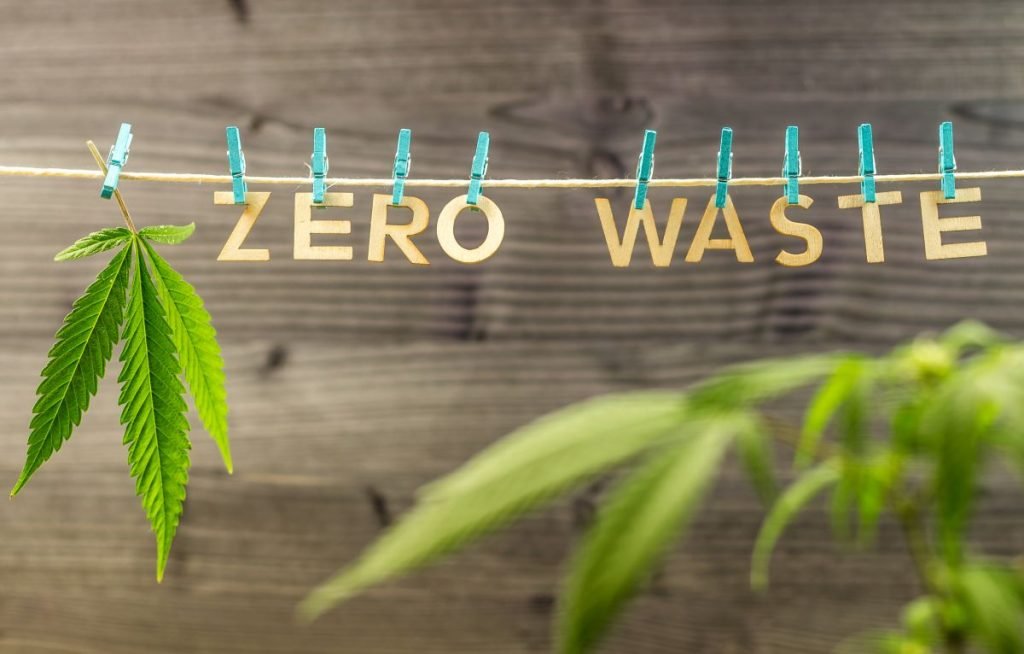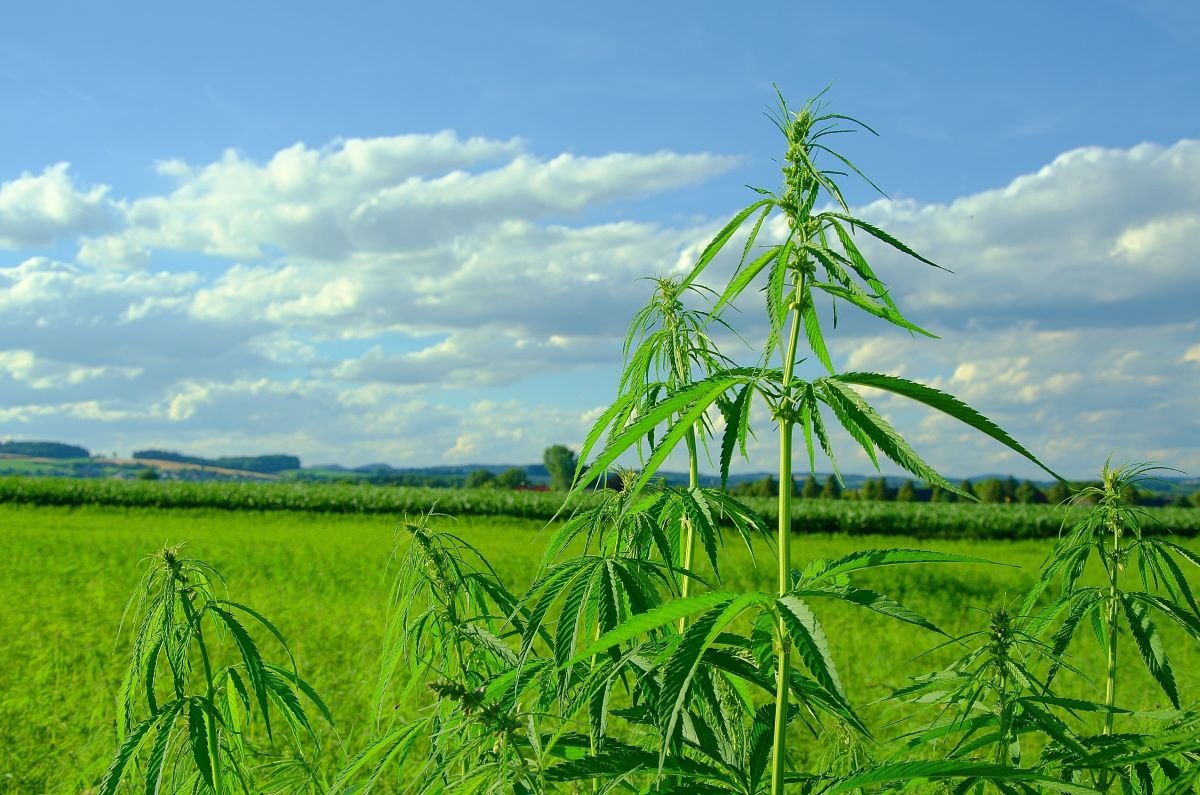Hemp is a plant that is currently being rediscovered by many people: it is being used more and more as a healthy and biodegradable raw material in many areas. Used for thousands of years, here is everything you need to know about this plant.
Hemp plant
This plant belongs to the Cannabaceae family, which includes two main genera: Cannabis sativa L. (Latin for hemp) and Hop. There is, however, one specific variety from Cannabis sativa L. family : industrial hemp, which has a completely different structure, composition and use.
Indeed, industrial hemp differs from other varieties: it does not offer psychotropic effects and is cultivated for industrial purposes, for its seeds and stem. Industrial hemp :
- Can measure from 1 to 7 metres
- Gives a lot of seeds for very few flowers
- Has a high planting density (200 plants per m2)
- Requires little water and no fertiliser
- Contains no THC but can offer high levels of CBD
- Is legal for culture in France and many other countries around the world
It is one of the oldest plants domesticated by man: traces of its use can be found in the Neolithic period, or in China in 4000 BC. Recently, hemp has been demonised to make way for more lucrative industries. In recent years, it has been making a strong comeback and its qualities, uses and benefits are back in fashion.
What are the benefits of hemp?
The benefits of this plant have been recognised by evereyone for a long time. Its seed and stem, depending on its use, provide natural strength and benefits:
 Dietary benefits
Dietary benefits
- The hemp seed contains enormous amounts of healthy nutrients that are essential for the proper functioning of the human body. It contains essential fatty acids, minerals, fibre, vitamins and also a large quantity of proteins. When cold-pressed in the form of vegetable oil, the hemp seed releases omega 3 and 6, which help protect your cardiovascular and nervous systems.
Industrials :
- Industrial hemp stalks provide a strong and resistant raw material that does not pollute. Indeed, hemp stalks were used to produce paper (like the first bible that was printed) until the end of the 20th century, but also to make clothes, ropes (like those on Christopher Columbus’ ship), insulation, bioplastic, etc…
Energetics :
- It can be a very good source of fuel as a bio-fuel. Henry Ford and Rudolf Diesel, who created Ford and invented the diesel engine, had planned to run these machines on hemp biofuel. Thus, the very first car in sight in the world was made to run on hemp. Moreover, almost all of the materials used were made of hemp (hemp plastic panels).
Wellness :
- With a CBD content that can be exploited, it also has many wellness properties. In addition to cannabinoids, it is one of the plants that contains the most terpenes and flavonoids in the plant world: these are the active molecules of the plants that are the basis of essential oils and which give them their effects and benefits.
Cosmetics :
- Hemp seed oil is one of the most widely used vegetable oils in the world of cosmetics. It deeply moisturises the epidermis, thanks to its high content of fatty acids. Natural, it does not dry out the skin, but strengthens it by nourishing it.

Decontaminant :
- Studies have shown that this plant has a remarkable capacity to eliminate toxins and residues from the soil. At the time of the Fukushima accident, hemp was one of the options considered by the authorities to manage the post-crisis situation. Moreover, thanks to its enormous capacity to absorb carbon (1.63 tons of carbon/plant), it can be a very effective depollutant, both for the air (carbon) and for the land but also for the water (it can fight against toxic algae).
What are the uses of hemp?
Hemp has multiple benefits, whether they come from its seed or its stalk, which gives it uses in many fields:
Seeds: food, cosmetics, sport
Stems: building, energy, wood, bioplastic, biofuel, paper, clothing, industry, automotive
Where is it grown?
Hemp is an ancestral culture. France has long been the leading industrial producer in Europe :
| Production in tonnes, 2017. Total “Hemp” and “Hemp, fibre and tow”. Datas from FAOSTAT24 (FAO) |
|||||||
| Countries | 2017 | Market share | |||||
| 83 872 | 52 % | ||||||
| 31 506 | 20 % | ||||||
| 14 753 | 9 % | ||||||
| 9 539 | 6 % | ||||||
| 5 693 | 4 % | ||||||
| 3 548 | 2 % | ||||||
| 3 444 | 2 % | ||||||
| 3 384 | 2 % | ||||||
| 2 616 | 2 % | ||||||
| 1 334 | 1 % | ||||||
| Total | 160 432 | 100 % | |||||
Source : wikipédia https://fr.wikipedia.org/wiki/Chanvre
How is CBD extracted from hemp?
In order to extract Cannabidiol from hemp, producers of the CBD product use different processes, which make possible to obtain a paste that concentrates the active molecules of the plant: cannabinoids, terpenes and flavonoids.
There are chemical processes, such as solvent or alcohol extraction. But there are much healthier and non-polluting processes, such as Supercritical CO2. Natureight products are made from organic European hemp and use Supercritical CO2 extractions.

Unlike the others, Natureight laboratories have chosen to use a process that does not exceed 72°C: the active molecules are not damaged and are present in greater numbers.
Is it legal?
Of course, it is legal to grow it in France and many other countries, under certain conditions:
- The seed used must be present in the European catalogue of hemp seeds.
- The cultivation plan must not exceed 0.2% THC.
- The crop must be declared and authorised by the correpsonding administration.

